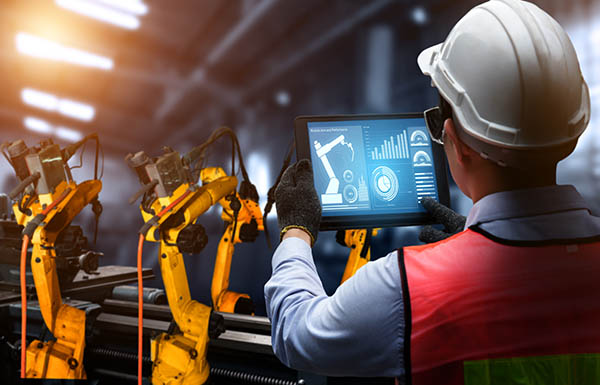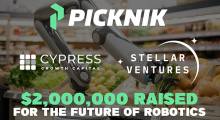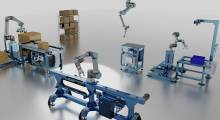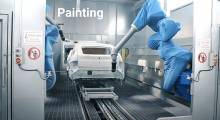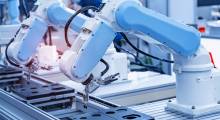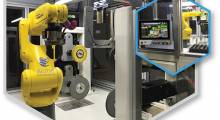Motion planning—the process of breaking down a robot’s path into discrete and planned movements—is often a difficult task. Designers have to consider the physical constraints of the robot, as well as safety risks.
Optimizing the motion path can have significant benefits. It can streamline operations and reduce the amount of energy a robot expends in its day-to-day work through energy-efficient motion planning (EEMP).
Novel motion-planning techniques like neural networks or machine learning (ML) offer to significantly streamline the creation of motion-control algorithms. These new algorithms could be essential in operating factory robots safely and efficiently.
AI for robotics motion planning
Creating an effective motion-planning algorithm can be extremely complex, and to date, no one has arrived at one single answer to the problem.
The rise of human-robot interactions can create additional problems for motion planning algorithms. For the growing number of collaborative robots to be safe, they need to take paths that won’t pose a risk to nearby human workers.
Artificial intelligence has quickly become an invaluable tool in some cutting-edge robotics motion-planning platforms. With AI, a planning algorithm can respond promptly to complex and changing environments. The use of these tools can make a wide range of robots more efficient and safe.
For example, automation platform developer Realtime Robotics offers a controller that uses proprietary AI algorithms to accelerate motion-planning workflows. The company advertises its machine-learning-based AI as being able to “autonomously optimize robot positions, task allocation, and sequence,” reducing cycle times.
The development of an AI-based motion planning algorithm is often achieved through an ML technique called deep reinforcement learning (RL).
RL as a motion-planning tool
With this approach, an agent — representing the robot — interacts with the environment, performing actions in discrete time-steps by following a certain plan.
After each action or state change, the agent is rewarded and the procedure continues. This process aims to create an optimal policy that maximizes rewards — in practice, desirable robot function.
Most of the information the planning algorithm will use in a real-life scenario typically comes from cameras or other sensors. These devices allow the algorithm to perceive the environment and extract key features.
Theoretically, additional information could also be used to create more effective motion planning algorithms. Researchers of RL-based drone motion planning are already using real-world data, like temperature.
For example, imagine a six-axis robot with a saw blade that manufacturers use for cutting raw materials into shape. An algorithm may also consider information that manual planning may not account for — like the Rockwell hardness of the tools or the material being cut.
Existing sensors used to track operational parameters for preventive maintenance purposes could also provide additional information that may help optimize the robot’s motion.
While still mostly experimental, some robotics designers have used neural networks and reinforcement learning to create autonomous motion-planning algorithms. Skydio trained a “deep neural pilot” to fly an autonomous drone.
Case-based reasoning for industrial motion planning
Other AI approaches could provide another answer to the motion planning problem. Case-based reasoning (CBR) is similar to reinforcement learning, but the agent instead bases their actions on information from previous cases. In motion planning, efficient solutions for a given robot and environment will be considered.
During the learning process, learned cases join the set of previous ones, providing additional information for the algorithm to draw on.
Like reinforcement learning, case-based reasoning is typically used for motion-planning with robots that need to react autonomously to their environment.
New approaches can improve robot motion planning
AI is a powerful tool for technicians and engineers wanting to improve their robot motion-planning algorithms. The use of approaches like reinforcement learning and case-based reasoning can make it safer and more efficient, even in complex environments.

About the author
Emily Newton is a tech writer who enjoys writing about the latest innovations changing our world. Read more of her articles online at Revolutionized Magazine.
Article topics
Email Sign Up

